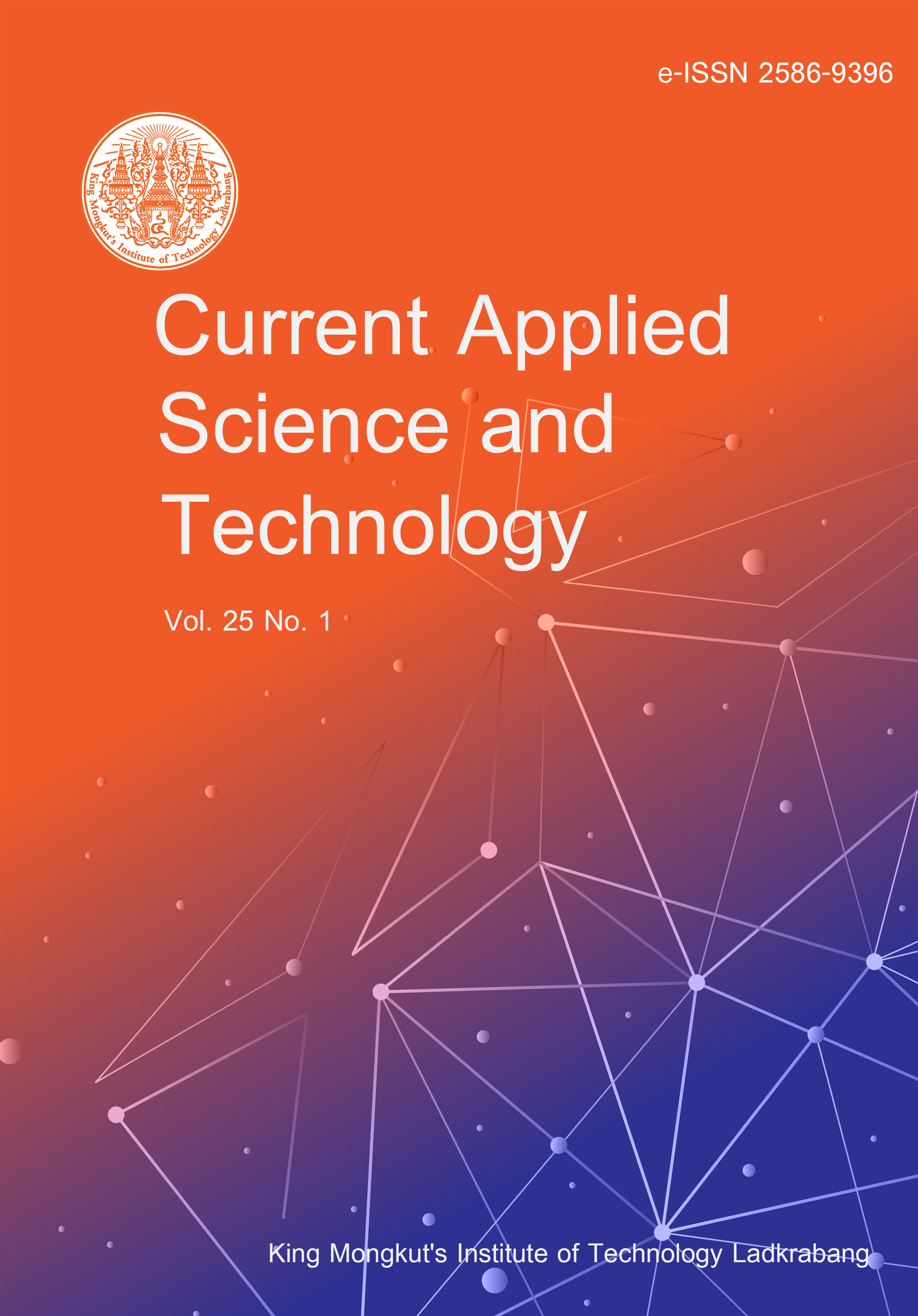Heat stress and drought are a significant threat to wheat production globally. These abiotic stresses influence growth, physiology, and yield-attributing parameters of wheat. To evaluate the performance and stability of elite wheat genotypes, a field experiment was conducted in the western region of Nepal at Bhairahawa, Rupandehi comprising twenty elite wheat lines under irrigated, heat stress, and heat drought conditions using alpha lattice design with two replications. The combined ANOVA across environments and AMMI model ANOVA revealed that traits, days to booting (DTB), days to heading (DTH), days to anthesis (DTA), spike weight (SW), thousand-kernel weight (TKW), and grain yield (GY) were significantly influenced by the environment (p≤0.05). The yield of wheat was reduced by 20% and 39% under heat stress and heat drought environments as compared to irrigated environment. BL 4919, NL 1368, and Bhrikuti were the highest yielding genotypes under irrigated, heat stress, and heat drought environments with mean grain yields of 6254, 4261.5, and 3322.5 kg ha-1, respectively. AMMI analysis revealed that BL 4919, NL 1417, and NL 1420 were the most adaptive genotypes under irrigated, heat-stress, and heat-drought environments. Whereas the Which Won Where (WWW) model revealed that BL 4919, NL 1368, and Bhrikuti were the most adaptive genotype under irrigated, heat stress, and heat drought environments. From Mean vs. Stability assessment, NL 1412 and NL 1369 were identified as high-yielding stable genotypes. Both the AMMI and WWW models identified NL 1386 as the most stable genotype with the lowest AMMI stability value (ASV) of 0.13. Hence, these selected genotypes should further be promoted in wheat improvement programs to further develop potential climate-resilient varieties.
Bhandari, R. K. ., Paudel, H. undefined. ., & Poudel, M. R. . (2024). Performance and Stability of Elite Wheat Genotypes under Irrigated, Heat Stress and Heat Drought Environment. CURRENT APPLIED SCIENCE AND TECHNOLOGY, e0259959. https://doi.org/10.55003/cast.2024.259959

